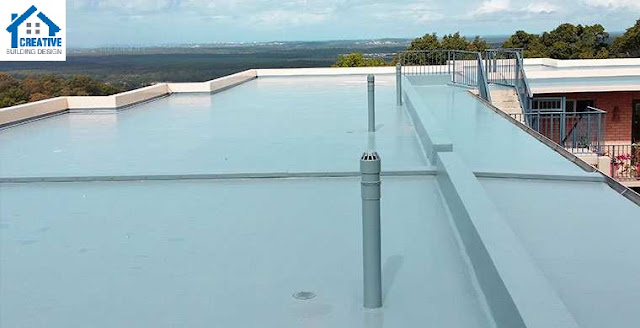What Is The Best Time To Do Waterproofing?
Waterproofing is a process that helps to protect surfaces from water damage. It is used in many different contexts, including for buildings, clothing, and outdoor equipment. Knowing when to waterproof a surface is essential for effective protection. The best time to do waterproofing depends on the type of material being treated and the environment in which it will be used. This article will discuss the factors to consider when deciding when to waterproof a surface and why it is important to waterproof at the right time.
Waterproofing is an important part of protecting a home from damage caused by water. Waterproofing is essential for preventing the buildup of mold, mildew, and structural damage. Knowing when the best time to waterproof your home is an important factor in making sure that your home remains safe and dry. The best time for waterproofing is usually during the spring or fall months. During this time, the temperature is mild and the humidity is low, which makes it easier to apply waterproofing materials.
Additionally, most waterproofing chemical in Bangladesh products are not effective in extreme temperatures, so the milder weather of spring and fall are the ideal time to apply them. Another consideration is the timing of any renovation projects. If you plan to do any renovations that involve moving or replacing walls or floors, it is best to waterproof the area before the renovations take place. This prevents water damage caused by the construction process.
Do I need to sand before waterproofing?
If you want to waterproof your floor, you may be wondering if you need to sand it first. The answer is yes, you should sand your floor before waterproofing. Sanding helps to remove any dirt, debris, and other contaminants that may be present on the floor. It also helps to create a smoother surface for the waterproofing to adhere to and ensures a better bond between the waterproofing and the floor. When preparing the floor for waterproofing, you should start by inspecting it to make sure there are no cracks or other irregularities that need to be addressed before you start sanding.
Once the floor is properly inspected, use a sander to remove any dirt and debris that may be present on the surface. You can use a belt sander, a random orbital sander, or even a hand sander, depending on the size of the area to be sanded. Make sure to sand with the grain of the floor to avoid creating any scratches or gouges. Once you’ve sanded the floor, it’s important to clean it thoroughly before applying the waterproofing. Use a vacuum to remove any dust and debris left behind from the sanding process. Then, use a damp cloth to wipe down the floor and remove any remaining dirt or debris. Once the floor is clean, it’s ready to be waterproofed.
Is leak sealer a permanent fix?
Leak sealer is a product designed to temporarily fix a leak in a pipe or other structure. It is a type of sealant that is applied over the area of the leak to form a watertight seal. While roof waterproofing Bangladesh leak sealer can be a quick and easy solution to the problem, it is not a permanent fix and should not be used as a long-term solution. Leak sealer works by forming a waterproof seal over the area of the leak. It is usually made from a combination of rubber, plastic, and metal, and is designed to be flexible enough to conform to the shape of the pipe or structure it is applied to. The seal is designed to prevent water from passing through, and will keep the area dry for a period of time.
The main issue with leak sealer is that it is not a permanent fix. Over time the sealant can degrade, allowing the leak to reappear. Additionally, leak sealer is not designed to repair any structural damage that may have caused the leak in the first place, so any underlying problems will remain once the sealant is applied.
Final words:
It is important to keep an eye on the weather. If your area is expecting a lot of rain or snow, it is a good idea to waterproof your home before the storm. This will help to protect your home from water damage during the storm. Overall, the best time to waterproof your home is during the spring or fall months when the weather is mild and humidity is low. It is also important to consider any renovations you may be planning and the weather forecast. Waterproofing your home at the right time will help to keep it safe and dry.




Comments
Post a Comment